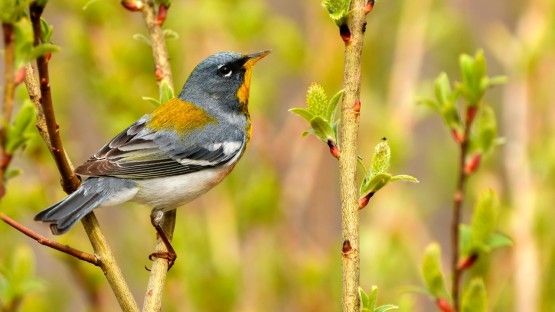Postdoc Fellow @Cornell Atkinson Center for Sustainability, Rose Fellow @Cornell Lab of Ornithology, PhD @Princeton EEB, ecologist, conservation biologist, sports fan.

to find out! 🧵1/8 conbio.onlinelibrary.wiley.com/doi/10.1111/...
Reposted by Fengyi Guo

Check out our full study in @conbiology.bsky.social
conbio.onlinelibrary.wiley.com/share/RCKH33...
Or read this great article by Kathi Borgmann summarizing these findings: news.cornell.edu/stories/2025....
@cornellbirds.bsky.social
🌳 Restore small forest patches across the Corn Belt to provide more stopover sites.
🏞️ Protect Gulf Coast woodlands, a vital landing zone for birds crossing natural barriers like the Gulf of Mexico.







Data is available on Alofdata.eu , see our blogpost:
go.nature.com/3F0wQ0L
Reposted by Fengyi Guo

Join us for her Young, Gifted & Wild About Birds talk this Thursday!

Reposted by Fengyi Guo

Join us for her Young, Gifted & Wild About Birds talk this Thursday!
Reposted by Cecilia Nilsson, Fengyi Guo

Deadline: 31 January
Please Share!
my.jobalino.ch/job/en/6cd50...

